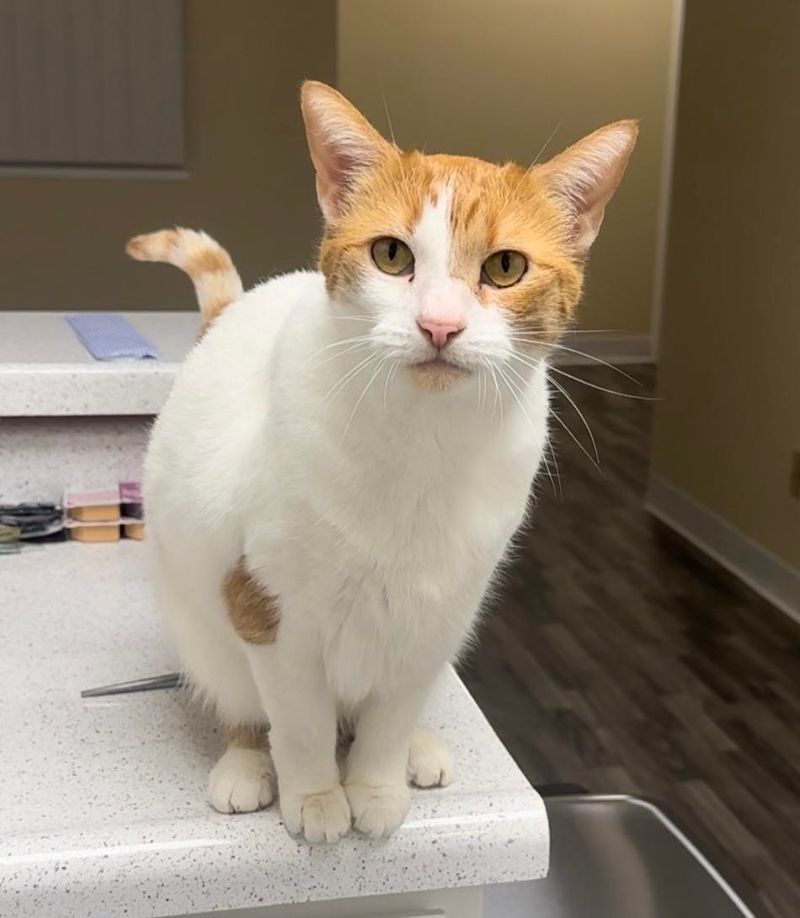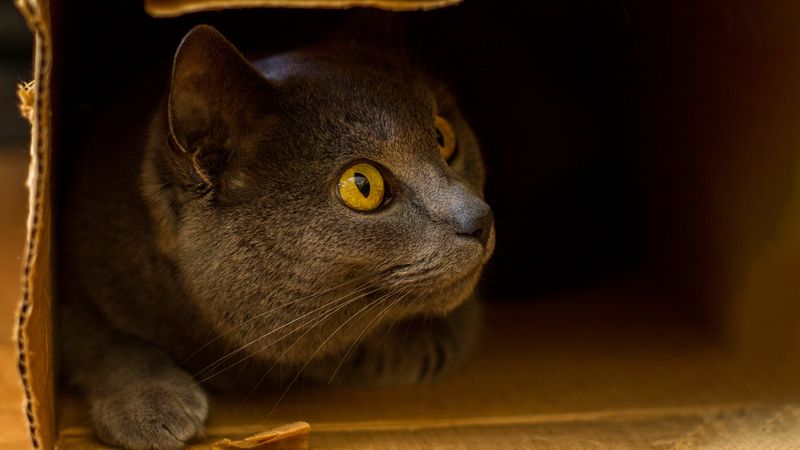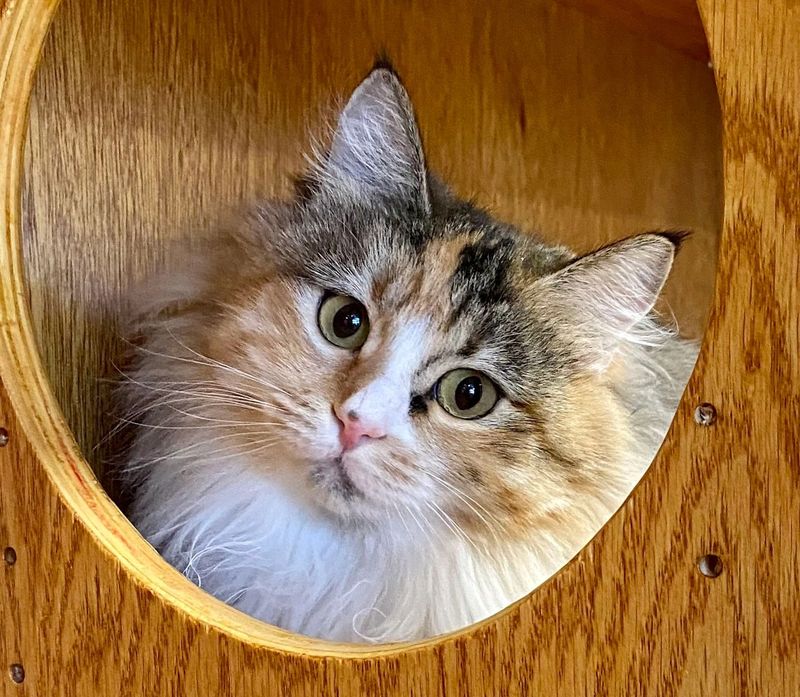📖 Table of Content:
- 1. Your Schedule Leaves Little Room for Bonding
- 2. Your Budget Is Already Stretched Thin
- 3. Your Living Space Lacks Pet-Friendly Features
- 4. Allergies Run in Your Household
- 5. Major Life Changes Loom on the Horizon
- 6. Your Existing Pets Show Territorial Concerns
- 7. Your Lifestyle Involves Frequent Spontaneity
Cats are beloved for their charm and independence, but welcoming one home isn’t a decision to take lightly. Their presence can bring comfort and joy, yet it also demands responsibility and thoughtful preparation. A seemingly simple choice can quickly become overwhelming without the right conditions.
Despite their reputation for being low-maintenance, cats need consistent care, attention, and a stable environment. From feeding schedules to vet visits and behavioral needs, their well-being relies heavily on human commitment. Any disruption in routine or lack of readiness can affect both the cat’s and the owner’s quality of life.
It’s easy to be drawn in by the sight of a playful kitten or a calm adult cat waiting for a home. However, certain lifestyle factors may signal that the timing isn’t ideal for pet ownership. Recognizing these signs early can help avoid future stress for both the animal and its potential caregiver.
1. Your Schedule Leaves Little Room for Bonding
Long work hours and frequent travel create an empty home where a cat would spend too much time alone. Cats need daily interaction, play, and care—even independent ones crave some companionship.
A packed calendar with minimal downtime means less opportunity to build that special human-feline bond. New cats especially need consistency and attention during their adjustment period.
If your day typically runs from early morning meetings to late-night commitments with barely a moment to breathe in between, your lifestyle might not accommodate a cat’s needs right now.
2. Your Budget Is Already Stretched Thin
Financial strain makes cat ownership challenging. Beyond adoption fees, cats require recurring expenses like quality food, litter, toys, scratching posts, and routine veterinary care.
Unexpected medical emergencies can cost hundreds or even thousands of dollars. A simple dental cleaning might run $300, while treating a urinary blockage could exceed $1,500.
Monthly cat expenses typically range from $40-$100 for basics, not counting emergencies. If you’re already struggling with bills or saving for important goals, adding these costs might create unnecessary financial stress.
3. Your Living Space Lacks Pet-Friendly Features
Small apartments without good vertical spaces limit a cat’s natural climbing instincts. Cats need room to explore, play, and establish territories—even if that’s just window perches and cat trees.
Rental restrictions often create complications, with many landlords charging extra pet deposits or outright forbidding animals. Breaking these rules risks eviction or losing your security deposit.
Dangerous elements like exposed wires, toxic plants, or unsecured windows pose serious safety hazards. Before bringing home a cat, your space needs proper cat-proofing to prevent accidents and property damage.
4. Allergies Run in Your Household
Sneezing fits and watery eyes aren’t just minor inconveniences when they happen daily. Cat allergies affect roughly 10-20% of the population and can range from mild discomfort to serious respiratory issues.
Family members or frequent visitors with allergies might suddenly find your home uncomfortable or even health-threatening. Even hypoallergenic breeds still produce some allergens through dander, saliva, and urine.
Testing for allergies before adoption prevents the heartbreaking situation of returning a cat you’ve already bonded with. Spending time around cats at friends’ homes or shelters can help determine if allergies will be problematic.
5. Major Life Changes Loom on the Horizon
Upcoming moves, job changes, or relationship shifts create unstable environments for new pets. Cats thrive on routine and can become stressed during major transitions, sometimes developing behavioral problems as a result.
Adding a baby to your family dramatically changes household dynamics and available time. New parents often underestimate how challenging it can be to balance infant care with pet needs.
Uncertain living situations make long-term pet commitments risky. Cats live 15-20 years on average—a significant timespan that requires planning beyond your current circumstances and anticipating how future changes might affect your ability to provide care.
6. Your Existing Pets Show Territorial Concerns
Resident animals sometimes resist newcomers despite our best hopes for instant friendship. Dogs with high prey drives or cats with established territories may never fully accept a new feline family member.
Stress behaviors like inappropriate elimination, excessive grooming, or aggression often emerge when animals feel their space is threatened. These problems can persist for months or become permanent issues.
Proper introductions require separate spaces, patience, and sometimes professional guidance. Without adequate time, space, and resources for a gradual transition, bringing home a new cat could disrupt your entire household’s harmony and well-being.
7. Your Lifestyle Involves Frequent Spontaneity
Last-minute weekend trips and impromptu overnight stays become logistical challenges with a cat at home. Unlike some pets, cats generally don’t travel well and prefer staying in familiar environments.
Finding reliable pet sitters or boarding facilities requires advance planning and additional expenses. Quality care options often book up quickly, especially during holidays and peak travel seasons.
Cats form strong attachments to their environments and caregivers. Frequent absences or changing care arrangements can lead to anxiety behaviors like excessive meowing, destructive scratching, or litter box avoidance that diminish both your cat’s quality of life and yours.







